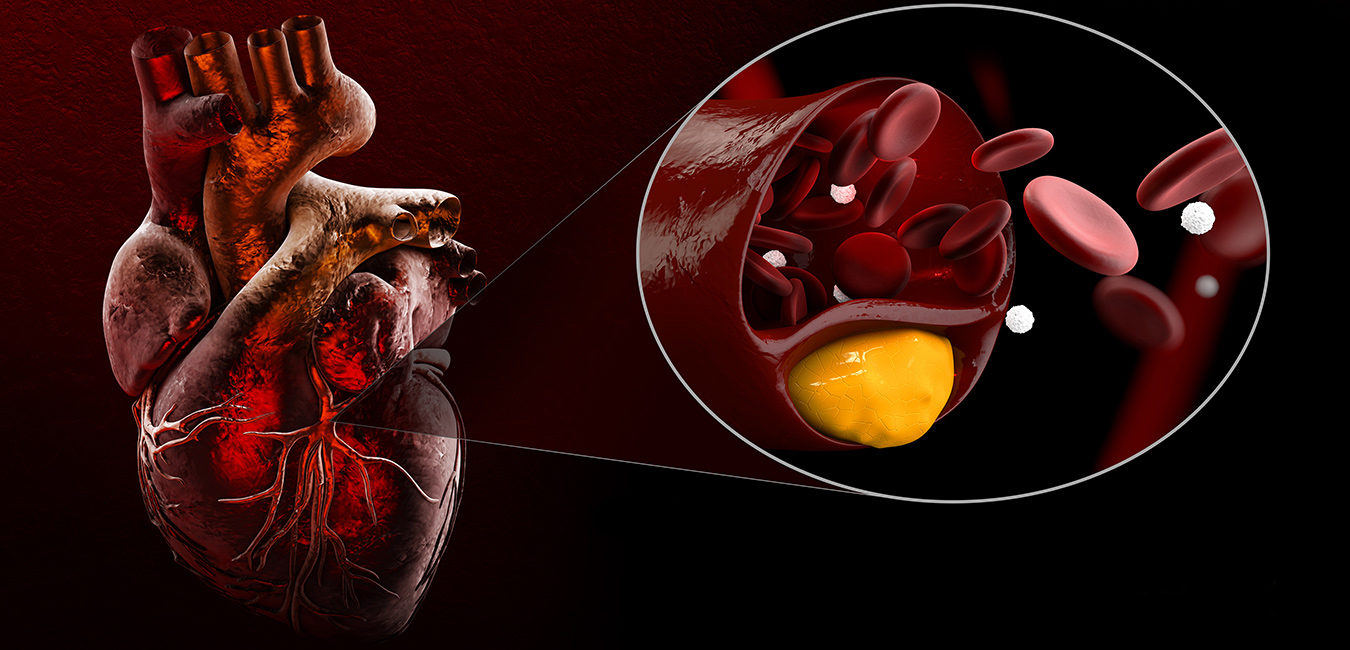September is National Cholesterol Education Month—a reminder to get a cholesterol check and learn ways to reduce high levels in order to prevent heart attacks and strokes. It’s also a good time to highlight a harmful lipid condition that often goes undiagnosed and unnoticed until disaster strikes.
Familial hypercholesterolemia (FH) is an inherited disorder that leads to early and aggressive cardiovascular disease. About 1.3 million people in the U.S. have the condition.
FH stems from genetic mutations that make the liver unable to remove excess LDL cholesterol from the blood. You only need one parent with the abnormality to inherit FH; having two parents with the problem results in a form of the disease that’s even more serious and dangerous. Children with the severe form of this disorder can have heart attacks before they reach the teenage years. Adults with FH may have LDL levels that range from 190 mg/dl to 400 mg/dl—despite good lifestyle habits like eating well, exercising, and maintaining a normal weight.
Left untreated, the elevated blood cholesterol levels can lead to blocked arteries and rates of heart attack and stroke that are much higher than those for people without the condition. Individuals with FH have a 20-fold increased risk for coronary heart disease. Untreated men have a 50 percent risk of a coronary event by age 50 years; untreated women have a 30 percent risk by age 60 years.
If FH is found early, cardiovascular events can be prevented or delayed. Nearly all people with FH need to take statins or other cholesterol-lowering medications and some will need to undergo LDL apheresis, a lifesaving treatment that removes blood or plasma from the body, filters out the excess LDL cholesterol and returns the filtered plasma to the body.
Although regular exercise and proper diet alone can’t tame the high cholesterol levels associated with the disorder, these measures can still help keep it under control. In general it’s prudent to eat a high-fiber diet and curb the amount of saturated fat in the diet by eating less beef, chicken, pork and lamb; substituting low-fat for full-fat dairy products; and avoiding the harmful trans fats present in fried and processed snack foods and sweet treats like cookies, cakes and doughnuts. It’s vital not to smoke.
Unfortunately only 10 percent of people with FH have been diagnosed with the condition, giving them the chance to take action to protect their heart and arteries. That’s why identifying the disease is crucial.
Having a strong family history of early heart attacks or high LDL cholesterol is a strong clue. If you don’t know your family history, it’s prudent to be tested. In addition people with FH may experience fatty skin deposits on the hands, elbows, knees, ankles and around the eyes; lower leg cramping in the calves; and chest pain and other signs of heart disease at a young age. Although genetic tests for the condition are available, high LDL levels on a standard lipid profile can be used to diagnose the condition. Advanced lipid tests and inflammatory biomarkers may also be used to individualize one’s cardiovascular risk. See www.knowyourrisk.com for more information.
The American Academy of Pediatrics recommends that children between ages 2 and 10 have their cholesterol tested if a family has a pattern of early heart attacks or other coronary events (before age 55 in men and 65 in women).
The good news: With early intervention, people with FH can live normal lives, reducing their risk of heart attack, stroke and other coronary events nearly to the levels of those in the general population.

